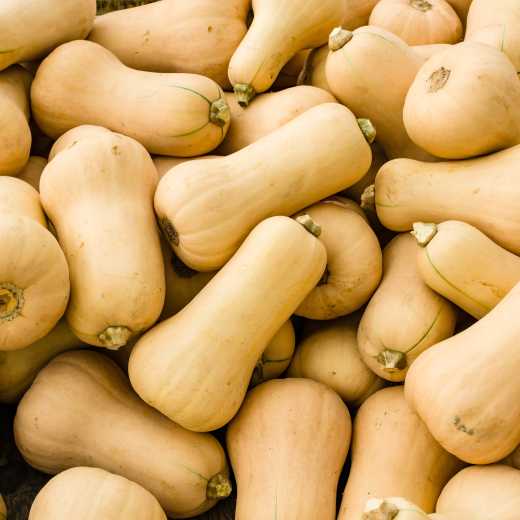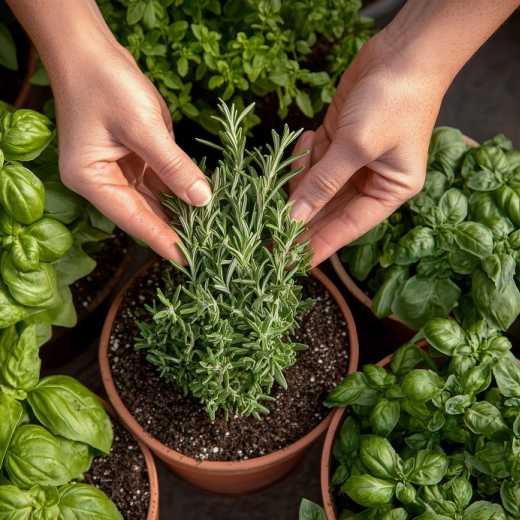Gardening Catalogs - Read Before You Seed
'Tis the season - for gardening catalogs. Most gardeners try to support local businesses as much as possible but there are just some plants and seeds that aren't available locally, and that's where garden catalogs come in handy. Another way to use catalogs is as a source of ideas while you plan your garden or landscape. After planning, you can shop locally with your list in hand. Always bear in mind that catalogs are in business to sell you something, and if it sounds too good to be true it probably is. I often refer to my catalogs for information such as the height and spread of different varieties, time of bloom, colors available, and whether they grow well in my zone. These are facts you can depend on.
The first thing that grabs your attention when you open a seed catalog is the pictures. What you need to remember when looking at these wonderful color pictures is that they represent the best of the best. The flowers and vegetables shown in the pictures were grown in the best soil and best conditions with lots of helpers to pull weeds and keep the bad bugs away. The photographer may have searched through hundreds of tomatoes to find the one that finally made it to the catalog. Your own gardening results will vary depending on the weather, the condition of your soil, and the amount of time you spend working in your garden.
Descriptive words in garden catalogs can introduce you to a marvel of the gardening world or get you into a lot of trouble. The trick is to learn to read the tiny print. To an impatient perennial gardener, "blooms the first year from seed" are welcome words. Usually, perennials will only produce flowers in the second year and thereafter. It's exciting to plant salvias from seed and have flowers in a few months. I also look for plants that are "self-cleaning" (do not need to be deadheaded) and those that are "self-branching" (do not need to be pinched back to make the plant fill out). If you are ordering seeds or plants for a contained border, make sure none is described as a "vigorous grower," "spreads diligently," "rampant," or "invasive." Invasive plants can be great as ground covers but can take over small gardens quickly. Catalogs also can make our gardening chores easier. We can avoid using fungicides and pesticides by choosing plants that specify "disease or insect resistant."
You may also find small symbols that will give you much-needed clues. These symbols often include exclusives to the catalog, organically grown seeds, heat-tolerant plants, plants that are perfect for container gardening, and open-pollinated heirloom varieties. You will find a guide to the symbols in the catalog, usually somewhere in the front or at the bottom of the page. Some seed catalogs offer growing tips, storage tips, and even recipes.
I've found there are some sneaky word clues to watch for in plant descriptions, such as:
deer-resistant - It might not be the deers’ first choice, but nothing is deer-proof if they are hungry.
vigorous - It will not only take over your garden but will house a large family of rodents by the end of summer.
old-time favorite - It's been around forever - your grandparents really hated it, but they didn't have a choice.
crack-free or good for shipping - The skin is as hard as a rock, and you can use it to play ball with your grandchildren.
high yields - Your neighbors will hide when they see you walking up their driveway dragging a bushel basket.
spreading vines - Kiss your driveway and Chihuahuas goodbye.
self-sows easily - Will come up so thick it will make a groundcover.
self-seeds freely - Make sure you love this plant because it’s going to try to take over your entire garden for many, many years - larkspur, cleome, celosia, annual coreopsis, and golden crown.
best for storage - It will be around forever and can only be sliced with a chain saw.
unique heirloom - It may be old and ugly.
unusual heirloom - It may be really old and really ugly.
unusual nutty flavor - Be prepared to spit.
butterfly plant - Different species of butterflies have different preferences; but, in general, you only need large areas of colorful native plants for nectar to help them locate your garden while flying by.
may need staking - Count on it - will probably flop over and smother everything in the vicinity if you don’t.
slow to establish - Don’t be turned off by this one. It may be slow to get started but that usually means long-lived and less frequent dividing.
deadhead regularly - If you expect repeat blooming, you’re going to have to do some work to keep spent blooms cut off - not necessarily a deal-breaker.
cut back after flowering - This plant is going to get ugly once it has flowered unless you cut it down and allow new growth to come in.
thrives in hot, sunny spots - The best bet for xeric conditions, but may rot and die during a rainy summer or wet winter.
do not allow to dry out - Best planted in damp, boggy areas - don't even miss one day watering this plant.

And the pictures of those luscious lettuces and perfect petunias? Can you say "Photoshop" and "Airbrush"? Don’t expect your garden to look just like the pictures in the catalogs but have fun with gardening. Grow some of your favorites and try something new every year.
A good place to start when deciding which plants to add to your ornamental landscape is your local Extension Office and your State Agricultural College. The staff are a wealth of information about native plants and plants that grow well in your area.
National Garden Clubs, Inc. is a 501(c)(3) organization that aims to promote the love of gardening, floral design, and civic and environmental responsibility. There is a local club near you, click here to find one and join. Subscribe to the NGC’s blog by entering your e-mail here. You do not have to be an NGC member to subscribe. NGC welcomes blog article submissions, e-mail the Blog Administrator at blog@gardenclub.org.

 Member Login
Member Login






